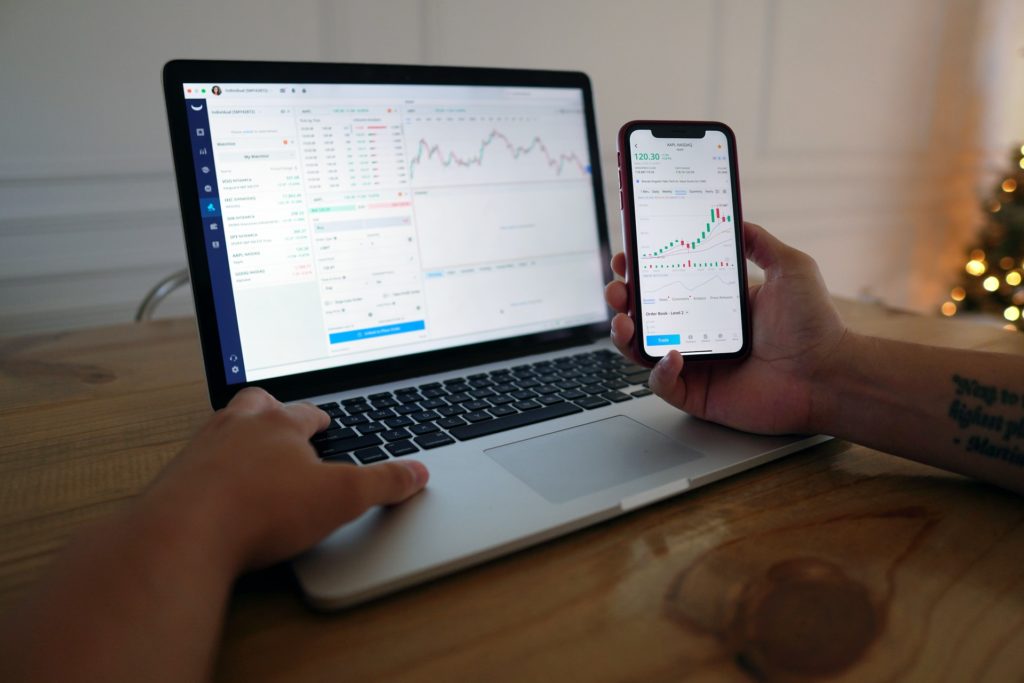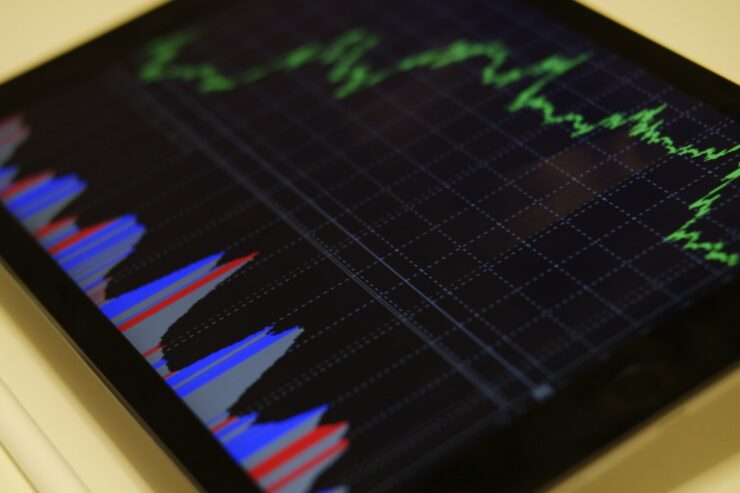Foreign exchange (Forex) means the sale and purchase of one currency in exchange for another. Currently, Forex is the largest traded market since countries are also vital participants in it. Trillions of money is being traded between millions of people in the world every day. With little capital and enough knowledge, anyone can get into it. For example, visiting a different country and converting currencies is part of foreign exchange. Before you step into the foreign exchange market, here are some vital points to note.
Currency Pairs
Understanding the concept of currency pairs and their meaning is essential before making the first trade. In foreign exchange, market currencies are exchanged in pairs. For example, trading the U.S dollar and the Japanese Yen involves two currencies. Therefore during your exchange, you will be shown the value of one compared to the other.
The USD/Yen cost will let you know how many USD you’ll have after converting the Japanese Yen to U.S dollars. Every currency has a specific symbol; for example, JPY stands for Japanese Yen and GBP for Britain Pound. Hence it would be best if you familiarize yourself with the signs for easy trading.
Every pair in Foreign exchange has a market price attached to it. There are also trending pairs that are available every week or month. Therefore if you want to get the most from a pair, you can look at their market price value for that week.
The market price attached to each pair represents how much of the second currency you need to purchase a single unit of the first currency. For example, if USD/JPY is 110.742, it means that you will need 110.72 Japanese Yen to buy 1 USD. To determine how much USD you need to buy one Yen, interchange the pair to JPY/USD and calculate, it will bring you to around 0.0090 USD.
Forex prices always appear as Bid/Ask spread. In a quote, the Bid price appears as the lowest price. While the Ask, also known as the offer, is the specific price that traders can purchase a currency pair. Spread distinguishes Bid from Ask is what is known as Spread.
A Quick Look at Forex Market
A Forex market is the only genuine continuous trading market globally. Initially, the market was left for banks and other big institutions that carried out the trade for their clients. However, this status has currently changed and has become more retail-aligned. Traders and investors of all capacities are now active participants.
The most intriguing part about this market is that there are no buildings, and physical stalls involved in trading. The instruments of trade in this market are trading terminals, computer networks, retail investors, and other financial institutions such as banks.
Forex is termed as opaque relative to other financial markets. Currencies are exchanged in over-the-counter markets where you do not necessarily have to disclose anything. We all make assumptions that the economic position of a country determines the foreign exchange market price right. However, we are wrong on this one. The market price is determined by the large liquidity pools from large institutional firms. A survey done in 2019 revealed that the determinants of the market price are the big financial institutions.
How to Trade on Forex 
You can trade on Forex through the following ways;
- Spot Forex
- Futures market
- Currency option
Spot Forex
Foreign exchange trading in the spot market is standard. It involves buying and selling currencies according to their market price. The price is bent on the demand and supply. This demand and supply are determined by calculating international and local political situations, economic state, interest rates, and future predictions of a particular currency’s performance. The ultimate deal of a spot market is known as a spot deal. One party has delivered one money to the other party and has received a specific amount of the counter currency as agreed according to the current exchange rates. The total settlement is done using cash. The spot market deals with present transactions.
Futures Market
Futures markets refer to the market where contracts are made in prospect. They involve transactions of future assets, either financial securities or commodities expected to exist in the future. It means that you will buy or sell a future asset at the current market price. The futures market is a favorite market for speculators. Big financial institutions also use the futures market for risk management against future fluctuations in the exchange rates.
Currency Option
A currency option is whereby a buyer gets the right to buy or sell a particular currency at a specific exchange rate before it expires. However, the buyer is not obligated to buy it. A currency option is also another way for a financial firm to manage fluctuation risks. Speculators also thrive on this way of foreign exchange since they can track currency moves. It’s a preference for most traders because the downside risk is limited in that they are not likely to lose more than the amount used to buy the options.
Conclusion
Understanding these basic concepts about Forex will give you a head start in your trading. However, it would be best if you still learned more about Foreign exchange rates, some of which you will know as you trade and some you must learn before you begin. Therefore you need to conduct maximum research and reading to understand how to deal smoothly.





